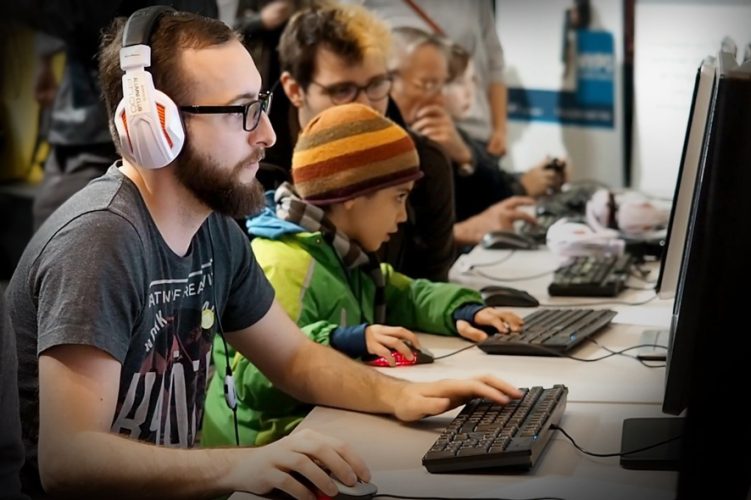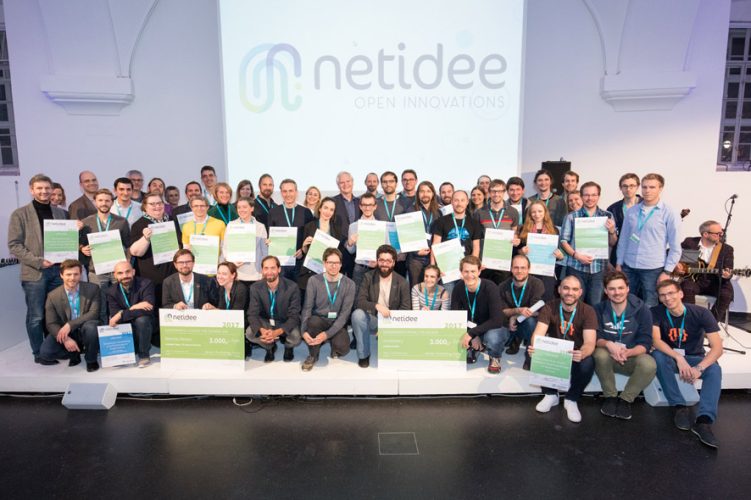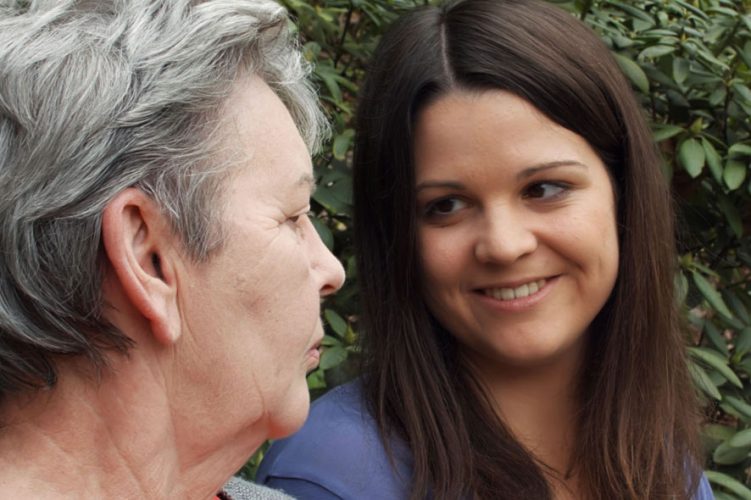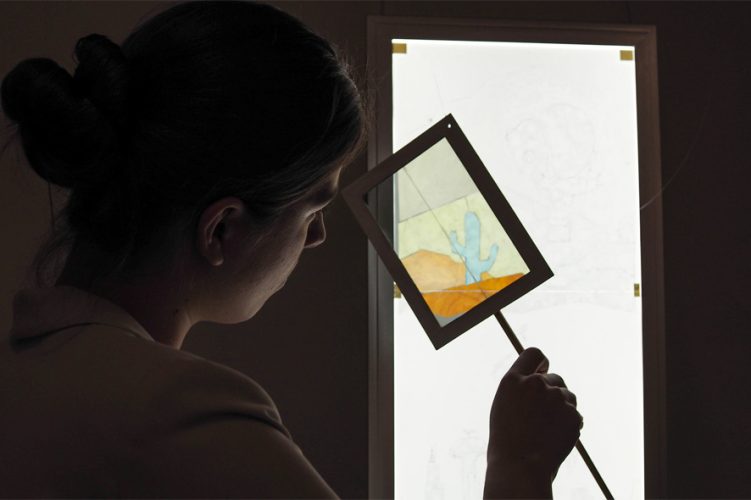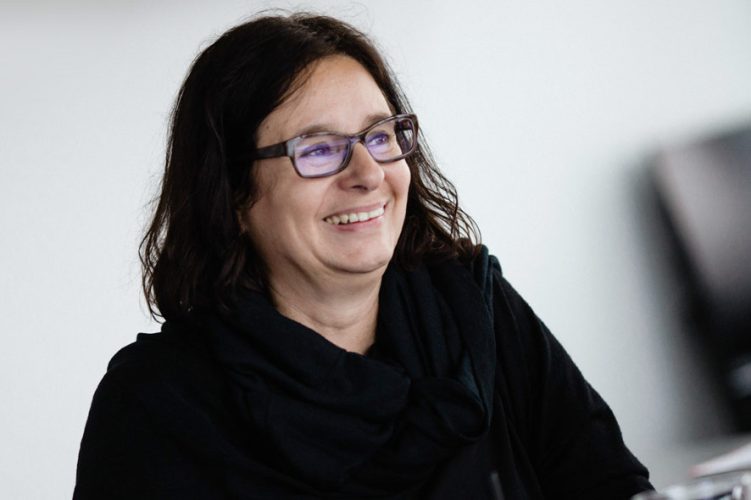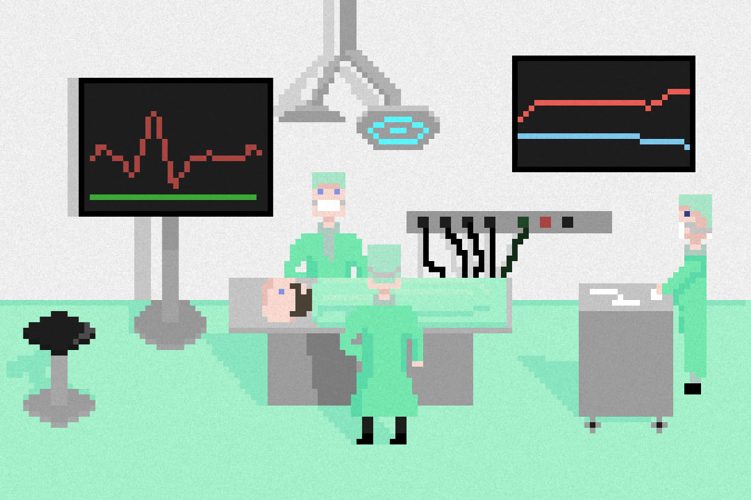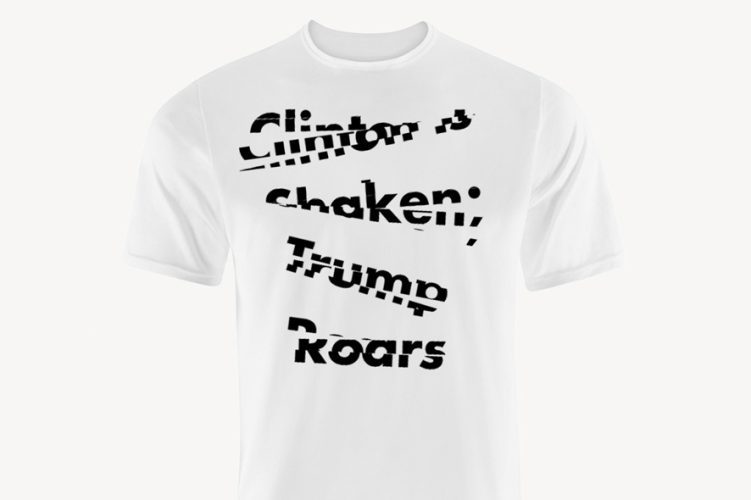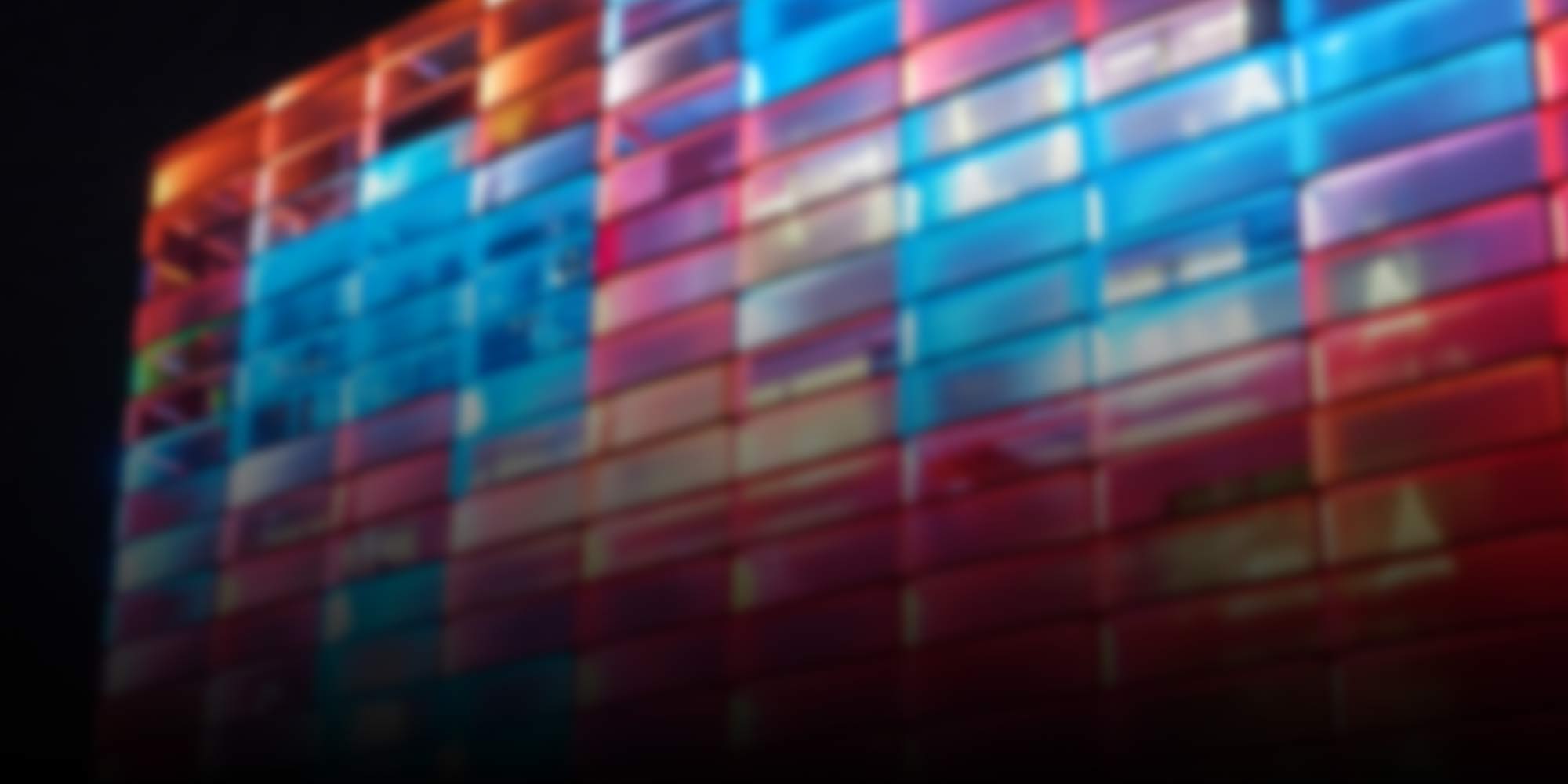
Prix Ars Electronica
-
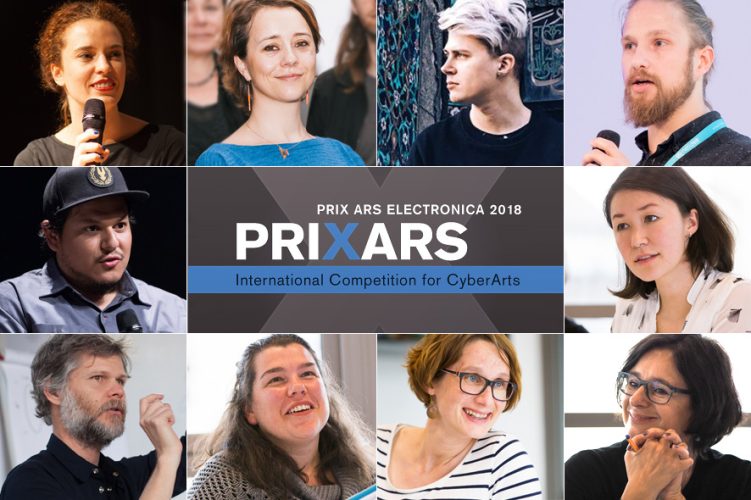
Prix Ars Electronica 2018: The Jurors (2)
The Prix Ars Electronica’s search for the world’s best works of media art runs until March 12, 2018. In this update, we proudly present the jurors in the Computer Animation and u19 – CREATE YOUR WORLD categories. A Golden Nica grand prize is up for grabs in both!
-
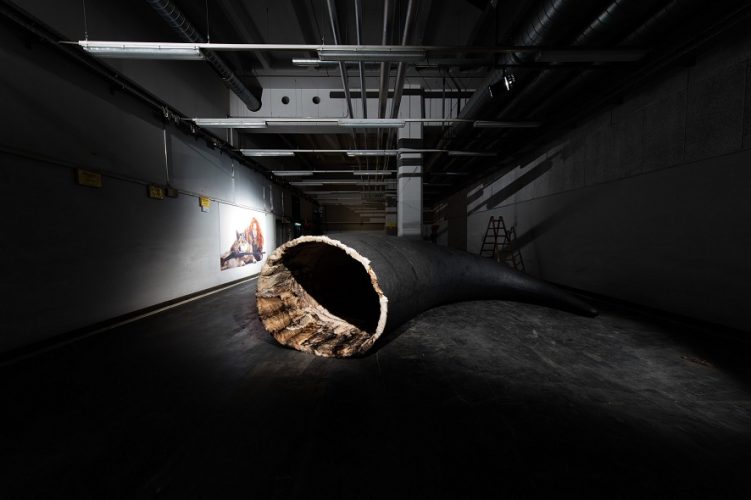
“K-9_topology”: On Humans, Dogs and Bioethics
“K-9_topology,” a series of works by Slovenian artist Maja Smrekar, won last year’s Golden Nica in the Prix Ars Electronica’s Hybrid Arts category. In this interview, Maja Smrekar explains what’s behind these four projects, how dogs and wolves characterize her work, and which ethical questions she investigates.
-
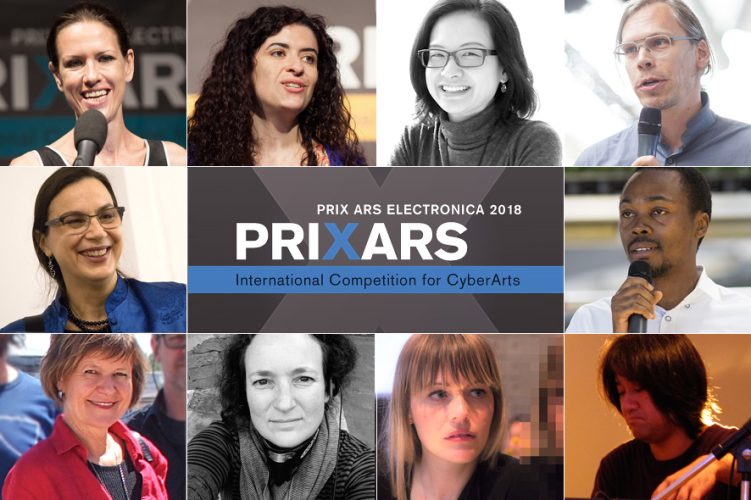
Prix Ars Electronica 2018: The Jurors (1)
Contestants still have until March 12st to submit their work for Prix Ars Electronica prize consideration. Four international juries will convene in April to select this year’s Golden Nica recipients. Here were proudly present the jurors in the Digital Communities and Interactive Art + categories.
-
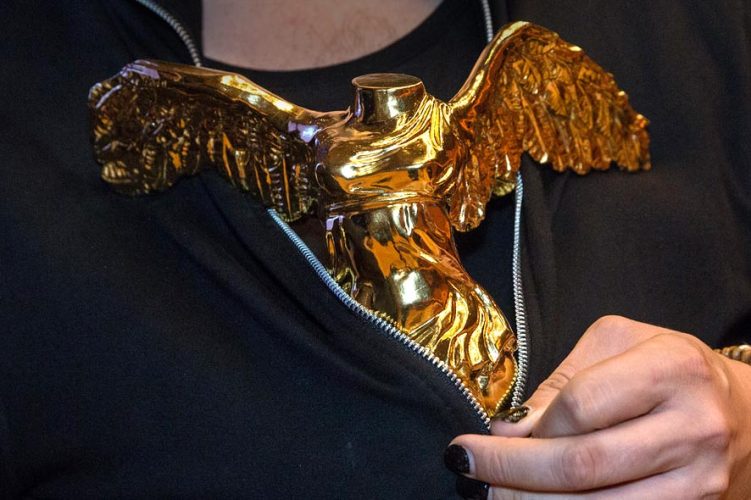
Prix Ars Electronica 2018: Submit Your Entry Now!
A new year, a new opportunity! The Prix Ars Electronica seeks outstanding works of media art. The entry deadline is March 12th. Prizewinners receive cash awards of up to €10,000 per category and a featured appearance at the 2018 Ars Electronica Festival. In this interview, Ars Electronica Artistic Director Gerfried Stocker talks about this time-honored…
-
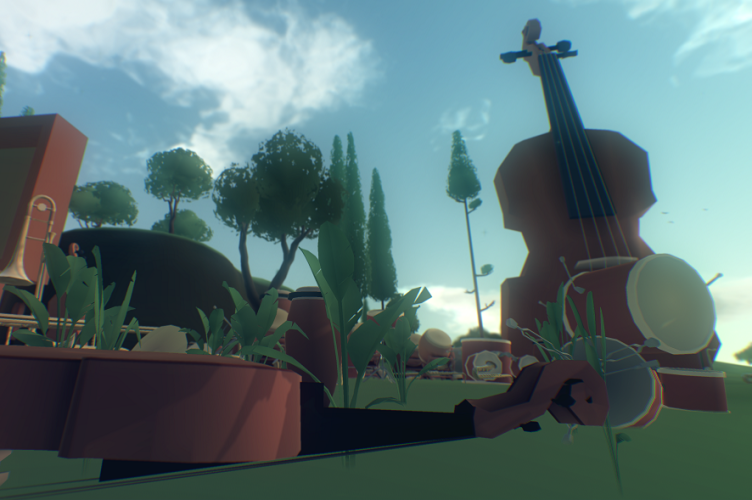
From Atoms to Entire Galaxies: “Everything”
This year’s Golden Nica in the Computer Animation/Film/VFX category goes to David OReilly for “Everything,” his game that literally lets you play with everything—from the tiniest atom to the biggest galaxy. In this interview, the artist and game developer tells more about his work.
-
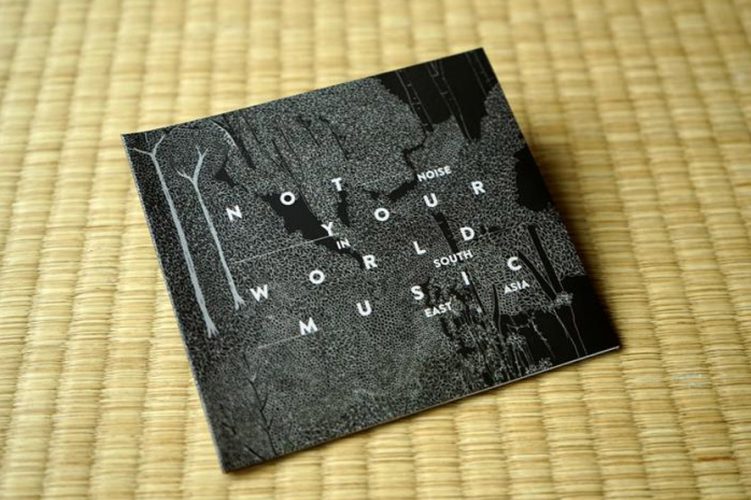
Not Your World Music: In Search of Traces in Southeast Asia
A project entitled “Not Your World Music: Noise in South East Asia” by artists Dimitri della Faille and Cedrik Fermont is one of the very few works about noise & sound art in Southeast Asia. In this interview, the 2017 Golden Nica winners talk about how they got involved in such a huge endeavor and…
-
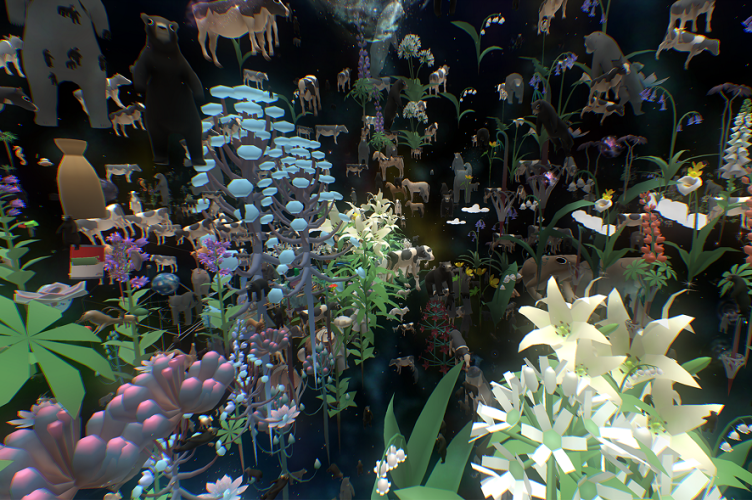
CyberArts 2017: Excellence in Media Art
The CyberArts exhibition running during the Ars Electronica Festival September 7-11, 2017 once again showcases this year’s Prix Ars Electronica prizewinners. In this interview, the exhibition staff tells us about the show and the accompanying program of events including OK Night.
-
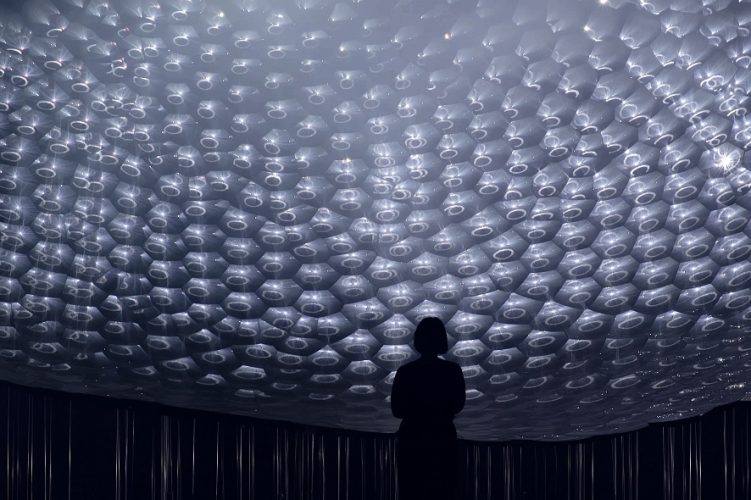
Computer Animation +++: The 2017 Ars Electronica Animation Festival
Screenings, symposia and hands-on adventure with virtual reality installations—there’s a lot doing at this year’s Ars Electronica Animation Festival September 7-11, 2017. We met up with the production team to find out more about the program, the participating artists and their works.
-
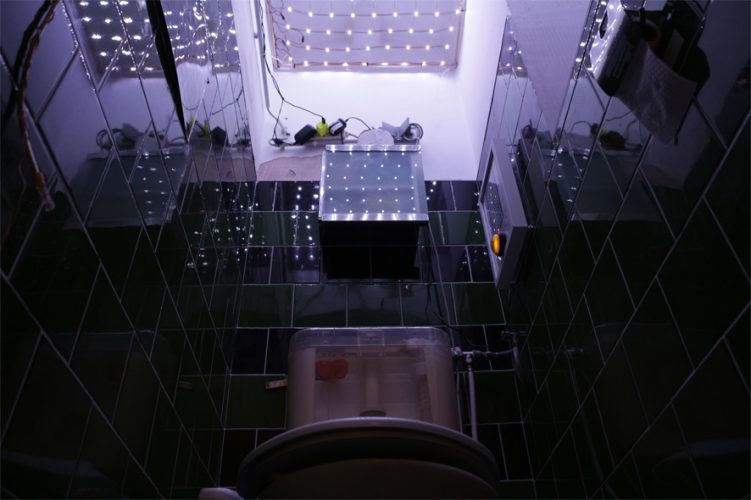
BigPoopData Takes the netidee Special Prize
An incisively critical commentary on the obsessive and now-so-pervasive harvesting of data and a plea for the protection of our digital privacy—four schoolboys’ sensor-studded WC has garnered them the 2017 Prix Ars Electronica’s netidee Special Prize. In this interview, Ernst Langmantel, the director of netidee, explains what he likes so much about this project, and…
-

The 2017 Golden Nicas
Congratulations to the winners of the 2017 Golden Nicas! 3,677 entries were submitted from 106 countries for 2017 Prix Ars Electronica prize consideration. We would like to introduce you to the award-winning works now.
-
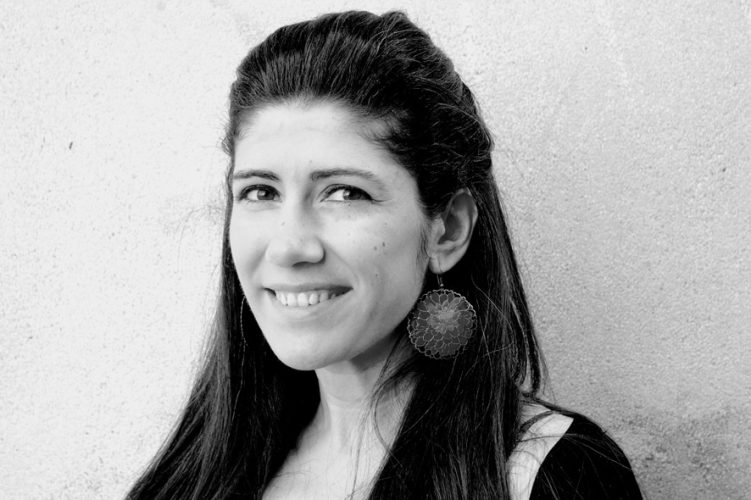
Ghalia Elsrakbi: “Art Is a Collaborative Playground”
Mainstays of media art in general and the Prix Ars Electronica’s Hybrid Art category in particular are hybrid and transdisciplinary projects and approaches. In this interview, juror Ghalia Elsrakbi talks about her take on hybrid art and what she sees as the role art can play in 2017.
-

Emre Erkal: “Art Generates New Venues”
March 13th is the deadline for submitting works of media art for 2017 Prix Ars Electronica prize consideration. In this interview, sound artist Emre Erkal, one of this year’s jurors in the Digital Musics & Sound Art category, talks about sounds, architecture and artificial intelligence.
-

Réka Bucsi: “I like its playful ways”
Réka Bucsi’s animated short film “Symphony no. 42” got her shortlisted at the 87th Academy Awards. In April, she’ll be one of the 2017 Prix Ars Electronica jurors selecting this year’s Golden Nica recipients.
-
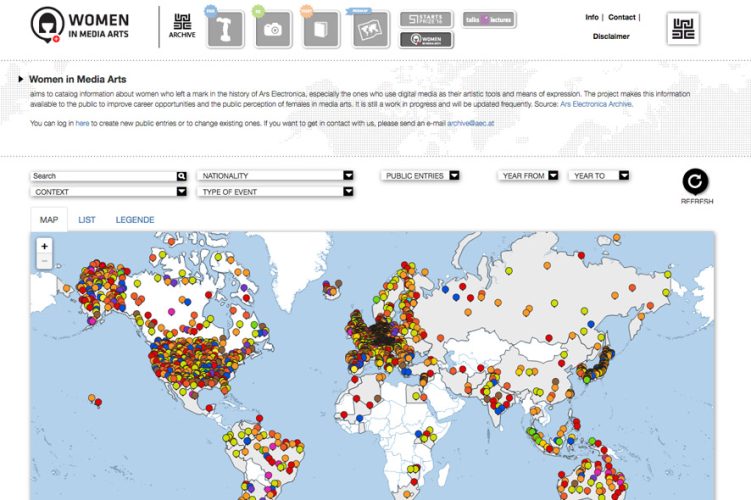
Women in Media Arts
Ars Electronica launched an online database especially for women in media arts in September 2016. Women in Media Arts now makes it possible for users themselves to input information and modify the database’s entries about female artists. Here, project manager Florina Costamoling provides a brief introduction to the database designed to be used by, among…
-
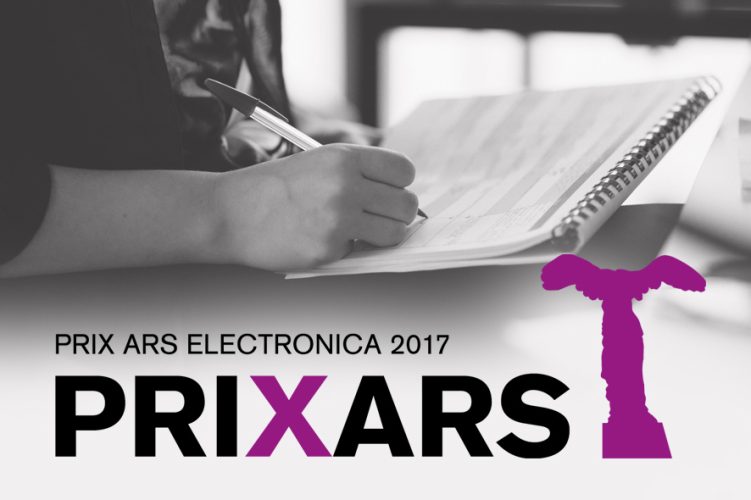
Introducing the 2017 Prix Ars Electronica Jurors
The extended deadline to submit entries for 2017 Prix Ars Electronica prize consideration is March 13th! That’s when the respective international juries take up the task of naming this year’s prizewinners. So, who exactly are these ladies and gentlemen who’ve been appointed arbiters of excellence in media art?
-
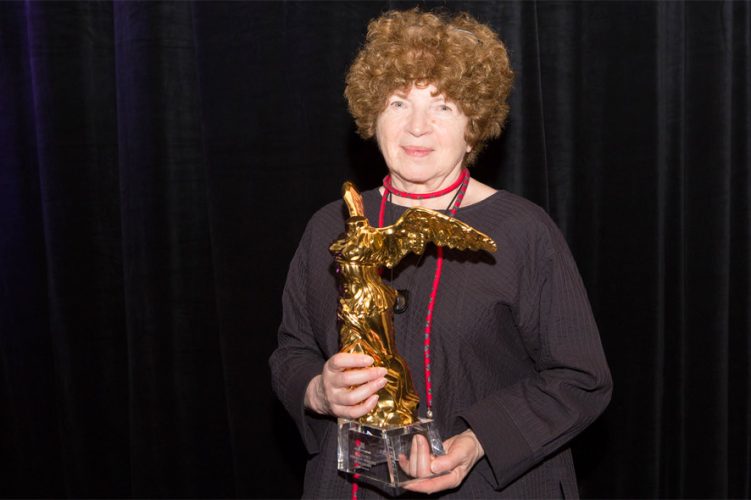
Prix Ars Electronica Seeks Female Media Artists!
Entries to the competition to determine the honorees of the 30th Prix Ars Electronica are now being accepted! Four Golden Nica statuettes and prizemoney of up to €10,000 in each category await this year’s outstanding media artists. But what’s the story with gender distribution among Prix Ars Electronica prizewinners? We discussed this issue with Gerfried…
-
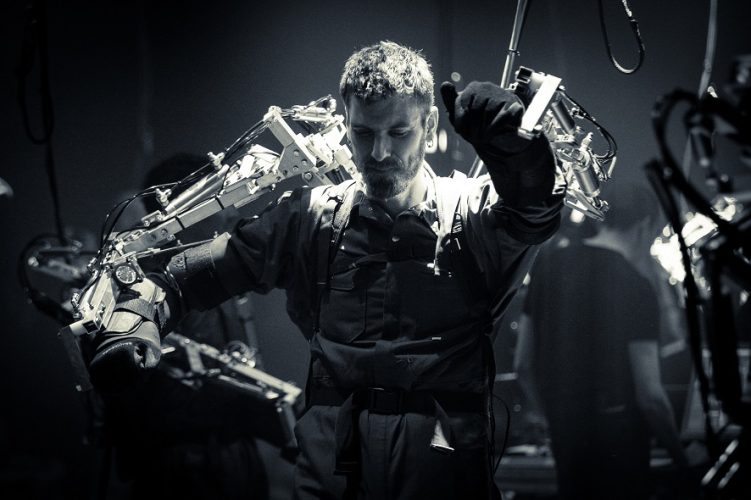
CyberArts 2016: The Best of Media Art
One of the highlights of each year’s Ars Electronica Festival is always the CyberArts exhibition, a showcase of the works singled out for recognition by the Prix Ars Electronica, one of the most important awards honoring creativity and pioneering spirit in the digital media genre. Here, Genoveva Rückert, the curator of CyberArts 2016, tells us…
-

P2P Foundation: Concentrated Knowledge for All
Who has access to knowledge and information online? Who controls this exchange and who can profit from it? These issues of decisive importance to our digital future are the P2P Foundation’s bread and butter. In recognition of their committed work, the non-profit organization is this year’s recipient of the Golden Nica in the Prix Ars…
-
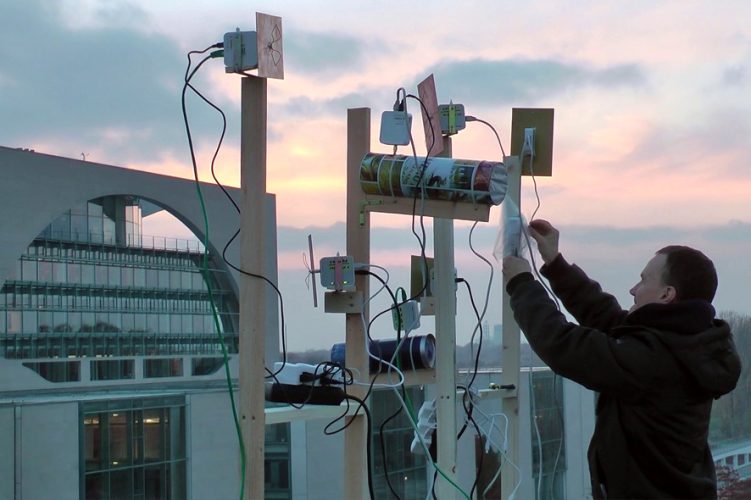
Hello spies, can you hear me?
“Can you hear me?” was a temporary network that artists Christoph Wachter and Mathias Jud set up above the rooftops of the German government district in Berlin to downright force intelligence agencies to listen in on what they and thousands of other people were saying. Besides getting the agents’ attention, the artists are also the…
-
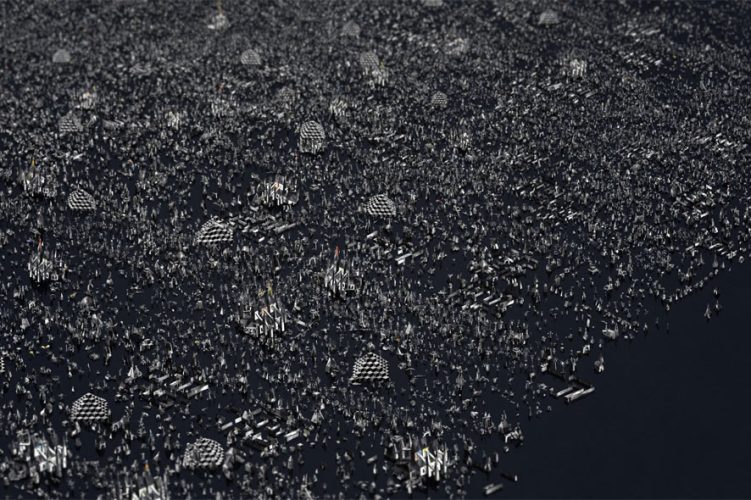
Rhizome: Everything Is Interconnected
We zoom into a world that’s incessantly in motion, one in which everything is connected to everything else and the figures are constantly morphing. This animated film by Boris Labbé has been singled out for recognition with a Golden Nica by the 2016 Prix Ars Electronica.
